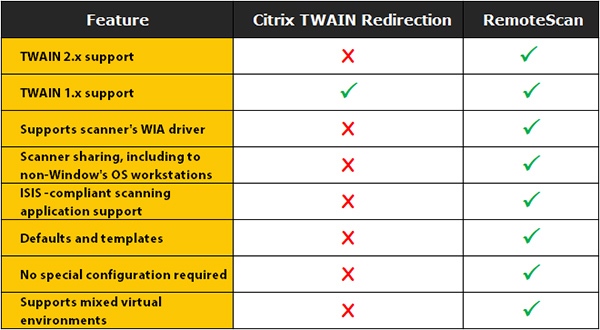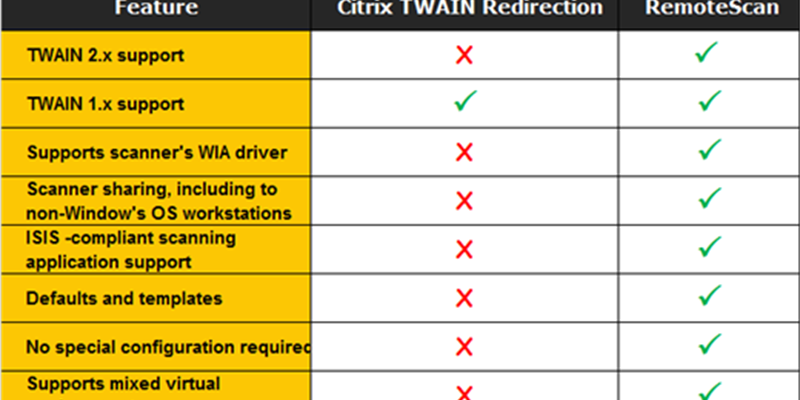TWAIN, the standard protocol for communication between document scanning software, document scanners and other image capture devices has undergone steady change since the TWAIN initiative first launched in 1992. Not an acronym, the word TWAIN is said to have been chosen with a nod to the line from the epic poem “The Ballad of East and West” by Rudyard Kipling: “… and never the twain shall meet.” Back in the pre-TWAIN days, there was no open standard for communication between scanning software and document scanners, and difficult to manage proprietary drivers were the norm. By standardizing the communication, TWAIN made widespread adoption of document digitization possible. TWAIN 1.x driver versions are now ubiquitous, offered by scanner manufacturers and software application providers alike. In 2008, TWAIN 2 was introduced. Significant changes in the new release included support for MICR data captured by check scanners, support for 64-bit platforms, improved memory management and a lot more. Eight years later, we are seeing software application providers routinely include the most recent version of TWAIN 2.
While adoption of TWAIN initially took root, a parallel change was happening in organizations’ steady adoption of desktop virtualization. Now, instead of the scanning application being installed locally on the desktop, it was hosted on a server and made available to end users who logged into a virtual desktop session. Since scanning had become so ubiquitous, users expected scanning to function via virtual desktop just as it did on the local desktop. That was not the case — until RemoteScan was born in 2004.
RemoteScan ensures that the TWAIN or Windows Image Acquisition (WIA) driver at the local workstation can be redirected to communicate with the remotely hosted scanning application’s TWAIN driver and, in turn, makes it easy for users to scan using remotely hosted applications accessed from within their virtual desktop session. Along with the TWAIN redirection, other useful features include defaults and templates to control resolution, color depth and image dimension as well as optimizations to ensure fast scan speeds. In addition, RemoteScan supports TWAIN 2.x drivers and is backwards-compatible for TWAIN 1.x versions.
RemoteScan is widely used by healthcare and financial organizations to ensure that scanners, digital X-ray machines, cameras and other image capture devices can easily be used when scanning applications are delivered over Citrix, Terminal Server, Microsoft Azure and other virtual environments. RemoteScan supports a compliant scanning workflow, which is particularly critical when documents contain sensitive data such as personally identifiable information; scanned images are immediately transmitted over the existing virtual channels and are never stored on the local workstation.
A number of years ago, Citrix came out with its own version of support for scanners over the Citrix ICA/HDX virtual channels. Commonly referred to as “Citrix native TWAIN redirection,” it offers a limited subset of RemoteScan’s feature set, namely redirection of the TWAIN driver. Citrix, however, supports TWAIN 1.x and does not currently offer support for TWAIN 2.x. Because RemoteScan supports the widest variety of scanners and drivers, a large number of Citrix customers still prefer RemoteScan.
Here is a breakdown of what Citrix native TWAIN redirection offers vs. what RemoteScan offers:

RemoteScan has dedicated technical support and product development teams to ensure steady feedback on what’s working well and what needs to be improved. RemoteScan is continually updated to support inevitable changes to scanner drivers, scanning application requirements, server environments and operating systems. Typically a customer can be up and running with RemoteScan in minutes, using the scanners that they already have.




